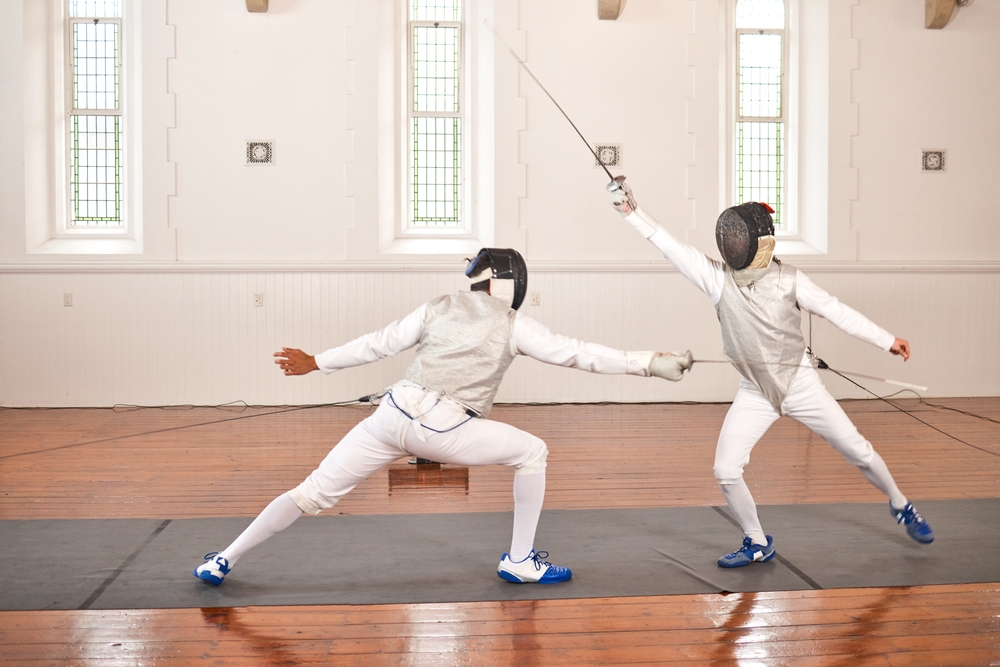The Intricate Dance of Fencing: A Deeper Look into The Art of Swordsmanship
Fencing, a sport often associated with grace, agility, and precision, offers a unique blend of physical and mental prowess. This article delves into the fascinating world of fencing, exploring its rich history, current trends in training and competition, and the real-world applications of its principles.

Historical Context: From Battlefield to Sports Arena
The origins of fencing can be traced back to ancient civilizations. Originally a form of military training, fencing evolved into a sport during the Renaissance, when it became a favorite pastime among European nobility. Over centuries, the sport has maintained its distinct charm, combining elegance and athleticism in a riveting duel of swords.
Cutting-edge Training Methods in Fencing
Modern fencing training techniques are as diverse and complex as the sport itself. They emphasize agility, speed, and strategic thinking, with a focus on mastering the three weapons used in the sport: the foil, the épée, and the sabre. These training methods also instill in fencers the importance of mental resilience and tactical planning—qualities that extend beyond the piste.
The Benefits and Challenges of Fencing
Fencing is a sport that demands a high level of physical fitness and mental acuity. It offers numerous benefits, such as improved coordination, flexibility, and cardiovascular health. However, the sport also poses unique challenges, including the need for precision, quick decision-making, and the ability to adapt to the opponent’s tactics.
Fencing in the Real World: From Sport to Life
The principles and skills learned in fencing can be applied in various aspects of life. Fencing teaches discipline, patience, and strategic thinking—traits that are valuable in professional and personal settings. Thus, the sport provides a holistic approach to personal development.
Current Trends and Future Perspectives
The world of fencing continues to evolve, with technological advancements influencing training methodologies and competition rules. Furthermore, there’s an increasing emphasis on making the sport more accessible and inclusive. As we look to the future, the fencing community is keen on preserving the sport’s historical essence while embracing change.
Fencing is more than a sport—it’s an art, a science, and a way of life. Its intricate dance engages both the body and mind, pushing athletes to their limits while teaching them valuable life skills. As the sport continues to evolve, it promises to captivate audiences and athletes with its timeless allure and thrilling duels.




